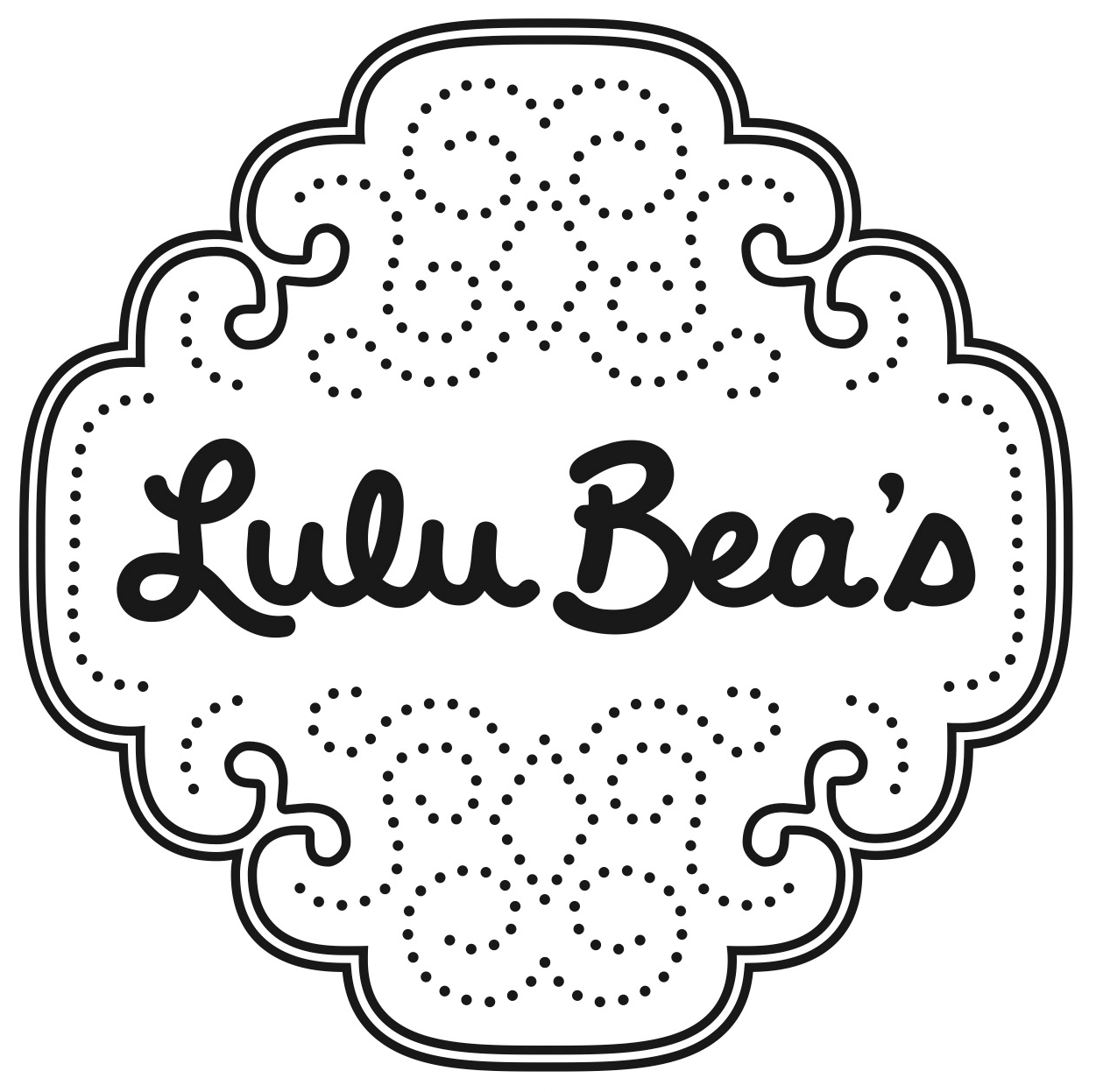Do you like being touched?
I recently participated in a 3-day training where one of the group activities involved touching. Half of the group were “gardeners” and the other half were our “earth.” The gardeners were instructed to tend to their earth in a loving way. This could be through massage, singing a lullaby, caressing, stretching, energy healing – however the gardener was intuitively guided to tend.
I played the role of a gardener and I loved it. I felt like a cat using my hands like paws as I rolled them back to front on my “earth.”
When we shared our experiences at the end, I was surprised to hear how many “earth” participants were not used to being touched, were uncomfortable being touched at first, and were profoundly moved when they received touch with love and attention for an extended period of time. In short, THEY DIDN’T REALIZE HOW MUCH THEY NEEDED & MISSED HUMAN TOUCH IN THEIR LIVES.
This made me wonder…
How can we offer human touch and connection to others as we age? Or how can we find it ourselves?

In our increasingly digital world, touch interactions are decreasing, and we communicate more through screens rather than in person. This lack of touch can negatively impact our mental and physical health.
Research has shown that infants who don’t receive regular touch have lower levels of cortisol, which can lead to mental and physical health problems. This speaks to the innate need for touch and human connection, yet it appears to be prioritized less and less as we age.
The Benefits of Human Touch
Human touch is a powerful healing modality that has been used throughout history to promote physical, emotional, and spiritual well-being. We all need to feel the warmth of another human being, the press of a hand, and the soothing presence of someone close by. As we age, it becomes increasingly important to integrate touch into our lives to maintain a sense of connection and vitality.
Studies have shown that touch can boost our immune system, reduce stress, alleviate pain, and increase feelings of happiness and well-being. Touch promotes the production of oxytocin, also known as the “love hormone” because it promotes feelings of love, trust, and bonding. Oxytocin also helps to regulate our immune system, reduce inflammation, and lower our levels of stress hormones, all of which are essential for maintaining optimal health as we age. Human touch decreases physical pain as it releases endorphins, which are our natural painkillers.
In addition to its physical benefits, human touch also has profound emotional and spiritual benefits. Touch can help to alleviate feelings of loneliness, depression, and anxiety, which are common among older adults. It can also promote feelings of self-esteem and self-worth, which can be particularly important as we age and our sense of identity may become more closely tied to our physical abilities and appearance.

Overcoming Taboos Surrounding Touch
Many of us have been raised in cultures or families that don’t prioritize hugging or touch, resulting in some feeling uncomfortable with physical affection. However, as we age, it’s necessary to push past any discomfort and seek out touch as it’s critical to our well-being.
Try talking to your loved ones about the need for touch, and work together to create an environment that prioritizes affection.
Surround yourself with people who understand the value of touch, and if you don’t have anyone close to you, seek out groups or clubs with similar interests.
Let’s look at more ways we can integrate touch into our daily lives as we age:
1. Hug your loved ones. Hugging is a simple and powerful way to promote feelings of love and connection. Make it a habit to hug your spouse, children, grandchildren, and friends whenever you see them.
2. Get a massage. Massage is a wonderful way to assist with physical and emotional relaxation, and it also falls under the self-care umbrella of wellness. Schedule them regularly and take care of yourself in more ways than one.
3. Join a social club. Joining a social club or group can be a great way to meet new people and establish connections. Look for clubs that focus on activities that interest you, such as gardening, hiking, or dancing. (I’ve been partner dancing since 2013 and this has been a major healing outlet for my need for touch and connection.)
4. Volunteer. Volunteering is a great way to give back to your community and connect with others. Look for volunteer opportunities at your local hospital, library, or community center.
5. Practice self-massage. Self-massage is a simple and effective way to promote relaxation and reduce stress. Use a foam roller or tennis ball to massage your muscles, or try other massage tools.
6. Make time for cuddles with loved ones or pets. If you don’t have easy access to people, choose animals! Pet cafes are popping up all around that you can spend time at, or you can volunteer at animal shelters.

In Conclusion
Human touch is a powerful healing modality that cannot be ignored.
As we age, it’s important to prioritize touch in our lives to improve our emotional and physical well-being and combat feelings of loneliness, isolation, and poor self-image.
By incorporating touch into our daily lives through activities such as hugging, socializing, volunteering, and self-massage, we can promote feelings of love, connection, and vitality well into our golden years.

Retreat Yourself!


